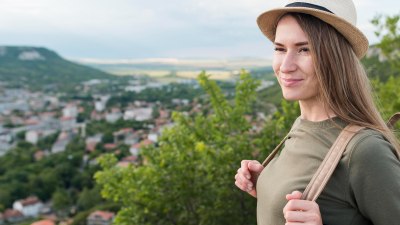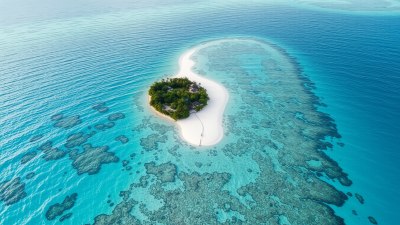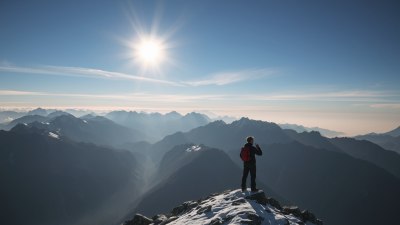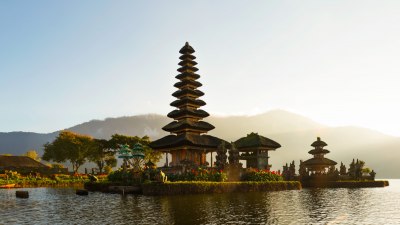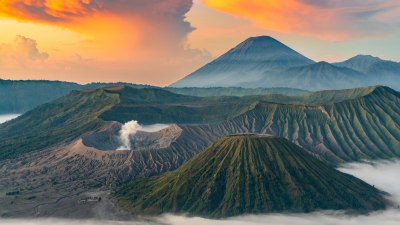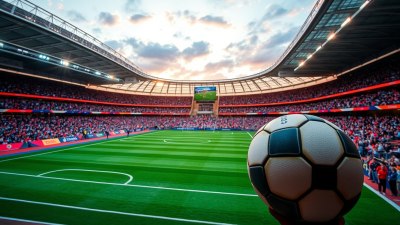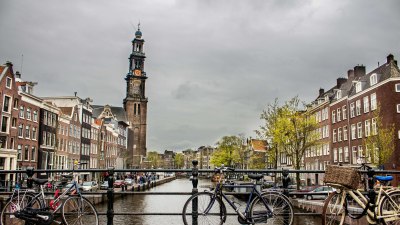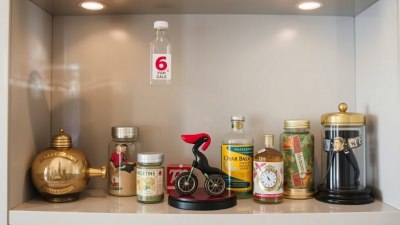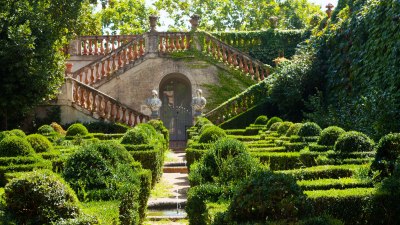The ‘Nap vs. Explore’ Debate – What Wins on a Short Trip
Should you recharge or push through? The eternal battle between rest and adventure

Every traveler on a short trip faces the same dilemma: do you power through exhaustion and keep exploring, or take a well-earned nap and risk missing out? The ‘Nap vs. Explore’ debate is real, and the wrong decision can make or break a trip. Push too hard, and you might crash mid-adventure. Give in to sleep, and you could wake up feeling like you wasted valuable travel time. So what wins? It all depends on the type of trip, your energy level, and how well you handle travel fatigue.
The Case for Pushing Through and Exploring
When time is limited, the argument for skipping the nap is strong. A short trip means every hour counts, and choosing to rest could mean missing out on an unforgettable experience. The logic is simple: you can sleep when you’re home, but you may never get another chance to walk through a historic district, visit that hidden café, or catch the golden hour at a famous landmark. The adrenaline of being in a new place often carries travelers through exhaustion, making it possible to function on pure excitement alone—at least for a while.
There’s also the reality that naps can be risky. A “quick 30-minute recharge” often turns into an accidental three-hour sleep session, throwing off your entire schedule and leaving you groggy instead of refreshed. Jet lag, time zone differences, and unfamiliar beds can make it harder to wake up, meaning you lose more time than planned. For those who are light sleepers or easily affected by irregular rest, skipping the nap and staying active might be the best move.
The Argument for Taking the Nap
On the other hand, the idea that pushing through is always the best choice is flawed. Sleep deprivation can turn even the best trip into a miserable experience. Exploring while exhausted means less energy, lower patience, and a higher chance of forgetting details or not fully enjoying the moment. If every step feels like a struggle and every activity becomes a countdown to bedtime, the trip turns into a blurry, unpleasant haze. A well-timed nap can be the difference between dragging through a city and actually appreciating it.
Short naps—when done correctly—help reset the body and allow travelers to experience more without complete burnout. A 20- to 40-minute rest can provide enough recovery to power through the evening without losing too much time. This is especially valuable when a trip includes late-night activities, long walking distances, or early morning flights. The key is setting an alarm, choosing a nap spot that allows for easy wake-up, and avoiding naps too close to bedtime to prevent sleep disruptions.
When to Choose One Over the Other
Not every situation calls for the same decision. Certain trips, schedules, and individual energy levels determine what wins in the nap vs. explore debate.
Exploring wins if: The trip is short, the adrenaline is high, and there’s an activity happening that can’t be replicated. If it’s the only chance to see a particular sight, attend an event, or experience a city’s nightlife, pushing through exhaustion is often worth it.
Napping wins if: Sleep deprivation is affecting enjoyment, making small tasks feel exhausting, or turning the trip into survival mode rather than an adventure. If there’s still a long night ahead or multiple days of travel to get through, prioritizing a short rest can be a smart move.
The Best Compromise: Strategic Resting
The real answer to the debate isn’t choosing one or the other—it’s finding the balance that allows for maximum enjoyment without complete exhaustion. Sitting in a quiet park, stopping for a slow meal, or taking a break in a museum or bookstore can serve as mini-recharges without needing a full nap. Even adjusting activities to lower-energy options in the late afternoon can prevent the crash that often forces a nap decision.
At the end of the day, the best travel experiences aren’t about seeing the most things or pushing to the limit—they’re about enjoying the moments. Whether that means grabbing an espresso and powering through or finding a quiet hour to reset, the key is knowing what your body needs to fully appreciate the trip.

